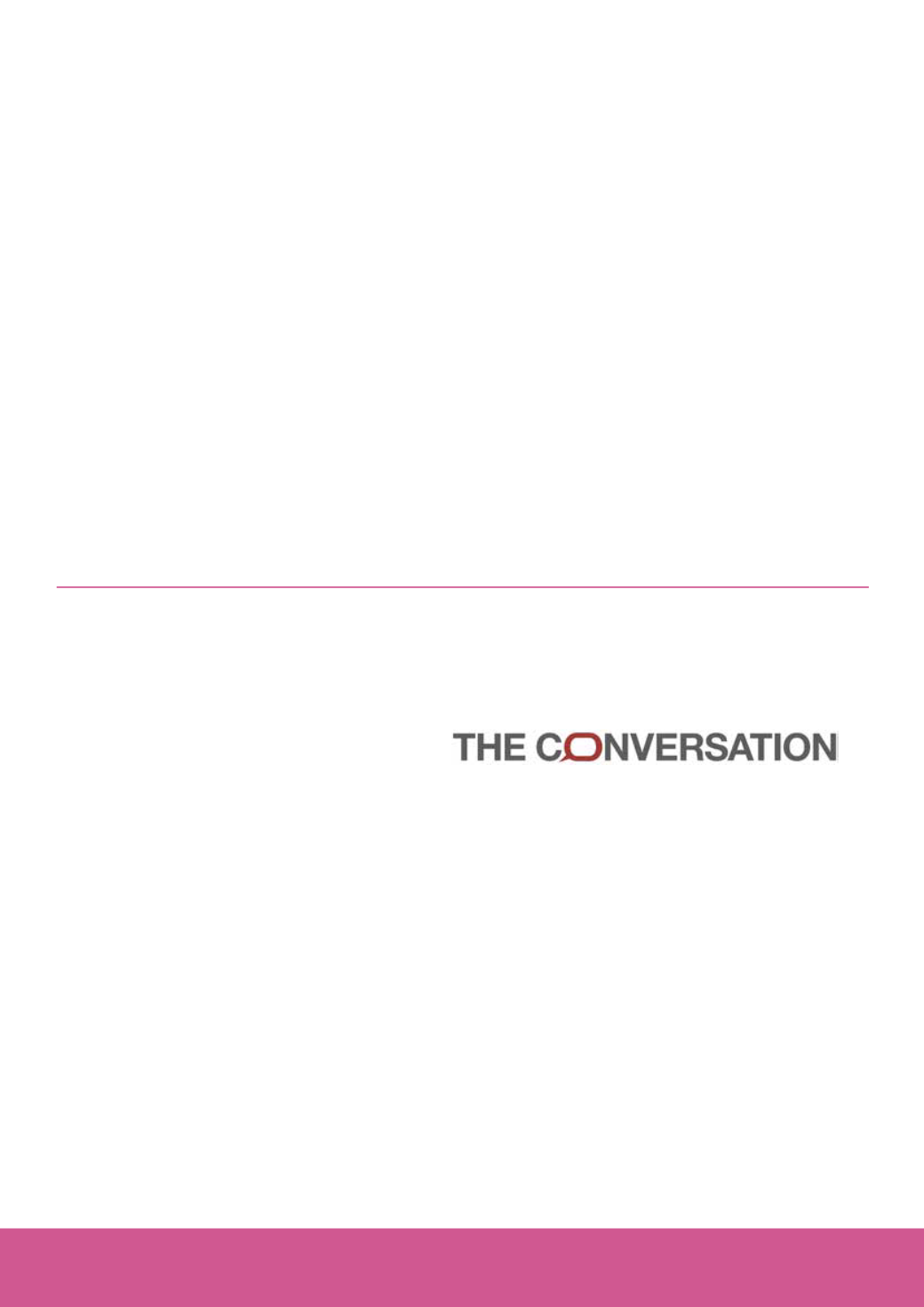
ISSUES
: The Internet of Things
Chapter 2: Our digital future
28
The Internet of Things will be an
Internet of obsolete junk
An article from
The Conversation
.
By Toby Miller, Professor of Media &
Cultural Studies, Cardiff University
small nuggets of far inferior data,
all different and scattered across
countless online services. And the
way it is used has led to a war of
attrition, with businesses deploying
cookies, tracking and targeting
algorithms and consumers defending
with ad blockers, misinformation or
disappearing off the radar altogether.
The resulting marketing methods are
crude and annoying, not to mention
downright creepy when a business
you’ve never dealt with before seems
to know too much about you.
Further frustrating efforts to gain
deeper insight into consumers’
lives is data protection legislation,
the understandable response by
governments to public fears over
threats to privacy.
Whatever its shortcomings, though,
this data is hugely valuable. However,
the personal data economy could be
so much more. Businesses are only
too aware of the massive potential
for innovation and growth – and, of
course, profit – if they had access to
truly rich data. And despite their fears,
consumers do want the sort of future
it could offer them. It is their sense of
powerlessness that is the brake on
progress.
A new model
This is where a new model is needed.
The solution is, surely, a shift in
ownership and control of personal
data back to the consumer. When an
individual has all their data together
in one place – in a way that would be
unimaginable for a third party – the
benefits are obvious and immediate.
The consumer gets to see the bigger
picture with privacy and security. They
could then control who is allowed to
access and use this complete, rich
data, based on what they get in return.
For their part, businesses need to see
that this alternative model is better for
them too. They would gain access to
the kind of data they have only dreamt
of. They can then use it to personalise
their offer to give consumers exactly
what they want. And none of the stuff
they don’t. The push frombusinesswill
be matched by pull from consumer.
Platforms such as digi.me that let
people aggregate personal data in
their own secure place are already
there, offering that hallowed ‘bigger
picture’.
When organisations respect this
personal data model and use it to offer
greater value and better experiences,
people will share yet more data,
leading to yet further innovation. It is
an opportunity to build ever deeper
trust based on mutual benefit. It’s
what they call a ‘win-win’ situation.
4 December 2015
Ö
Ö
The above information is reprinted
with kind permission from digi.
me. Please visit
for further information.
© digi.me 2016
T
he US Federal Trade Commission issued a
report on the
Internet of Things
this week. It
announced:
Six years ago, for the first time, the number of ‘things’
connected to the Internet surpassed the number of
people … Experts estimate that, as of this year, there
will be 25 billion connected devices, and by 2020, 50
billion.
Moments later, UK telecoms regulator Ofcom
proclaimed a major initiative to ensure the nation “plays
a leading role in developing the Internet of Things.
So the Internet is more than just a topic of work, fun,
friends, and family that we routinely mention around
the kitchen table; it actually happens there, thanks to
such canny innovations as ‘smart chopsticks’. These
new wonders can detect rancid food and hence
protect animal-eating diners from fish-oil infections.
The technocentric promise of this golden age is that
electrical appliances will connect to the Internet via
subscriber identification modules (SIMs) and radio-
frequency identification devices (RFIDs). Technology
boosters promise a world where digital wallets will
replace cheques and credit cards; personalised
electronic adverts will compete with static hoardings;
and transport, electricity, power and water systems
will provide a continuous real-time update of their
performance and user status. Firms will offer us advice
and services built on analysis of such data.
The Internet of Things is described as a marvel – the
moment when wireless becomes limitless. Building
sensors save energy; homes are automated beyond even
the vision of post-war suburban idylls; transportation is
effortlessly streamlined; smartphone applications direct
daily life; manufacturing is tied to merchandising which is
tied to consumption; and healthcare occurs at a distance
from the bodies being cared for.
The very idea is proclaimed as an expansion of
knowledge, convenience, and hence well-being.
Cybertarians hail a new age of ethical consumption in
which customers know the environmental and labour
history and future of the devices and services they


